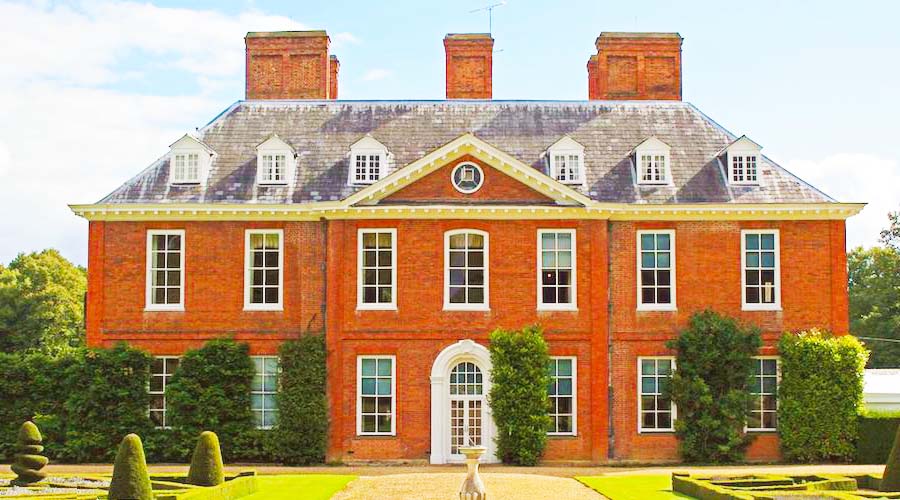Top 5 Best House Styles in the UK
Put simply, Architectural Styles are what define the way a house feels and looks. In Britain, there are many house styles to choose from. They reflect the trends, wealth level, and the general mood of the era they were built in.
In many instances, a walk down the street can take you on something of an immersive trip through history. Undoubtedly, you will pass by houses that were all created at various points in time.
Here, we have selected 5 of the most popular house styles for you to sink your teeth into. Perhaps you are building your own home and are trying to recreate a certain style. Or maybe you are simply carrying out a renovation project and want to know how to remain authentic. Easy. At Pro Arkitects – Design & Build Experts, we’ve got the guide for you.
1. Georgian styles (1714 – 1830)
Spanning multiple generations, Georgian Architecture receives its namesake from the reigns of the first four King Georges of England. They’re large in size and are known for their elegance. Their satisfying symmetry, accomplished partly by applying the golden ratio, is extremely pleasing to the eye. Furthermore, they offered natural light, which had been noticeably absent from many earlier architectural styles.
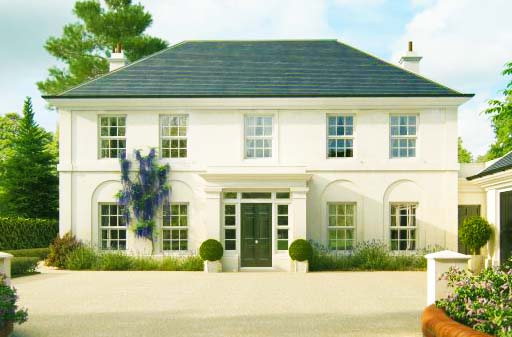
A varied and highly influential category, Georgian Architecture encompasses many types of houses. These include stately English country mansions, as well as terraced townhouse blocks in London and Dublin.
2. Modern/ New Build styles (1990’s and Beyond)
By the 1990s, the British public desperately craved a change in the house style. People wanted more traditional features in their homes, following the exposed shortcomings of the popular modernist structures of the 1960s. As a result, new build houses outwardly mirrored older buildings once more. Rendered walls, mock timber framing, and cottage feature all appealed to buyers, approaching the end of the century.
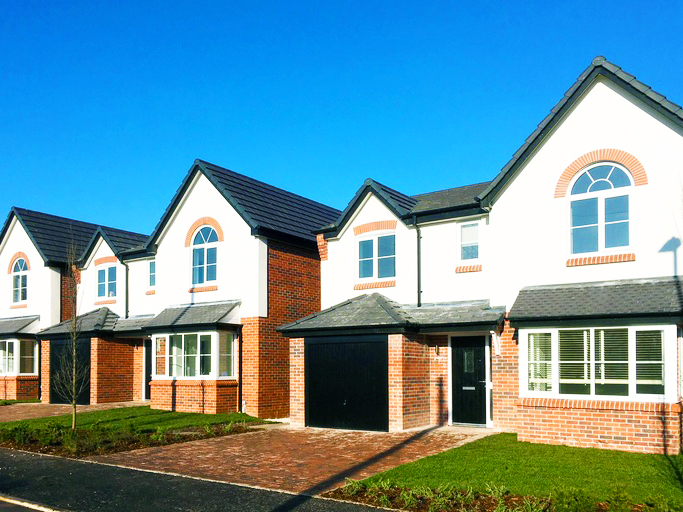
Insulation started being introduced into walls and loft spaces around this stage. Additionally, double glazing began to be fitted into the majority of homes. However, there are more security measurements nowadays. Such as gas and fire safety rules.
3. Eco-Build (2000’s and Beyond)
If the 1990’s saw modernism rejected, in the 2000s, it rose significantly in popularity. This, along with people’s desire to live in more environmentally-friendly, sustainable homes, has led to the modern minimalist style.
The shape and form of these properties take into consideration the importance of shade and sunlight. Solar panels are fitted into new homes, and open plan interiors can be designed without the problems caused by droughts.
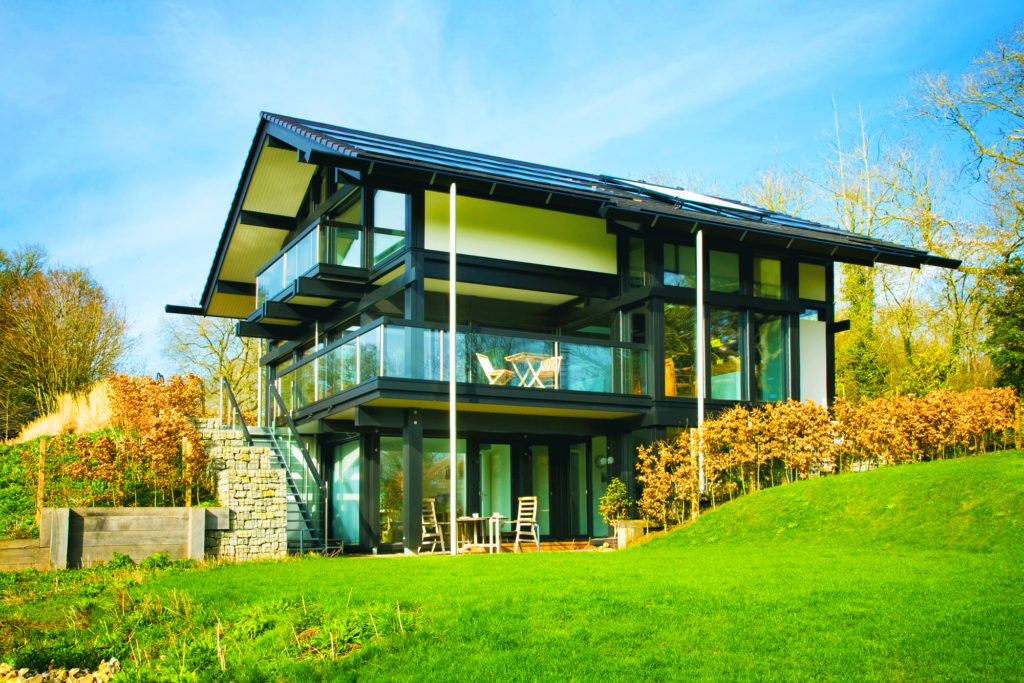
Exposed steelwork and timber cladding are common features in modern builds, as are large expanses of glass. Double and triple glazing windows can be fitted whilst maintaining thermal efficiency.
4. Pre-Georgian (1660 – 1688)
Unlike Henry VII, the Stuart Kings were more open to the architectural fashions from Europe. Inigo Jones became one of the first individuals to apply this style to buildings for the Royal Family. However, it would not be until after 1660 that this style would begin to transform housing.
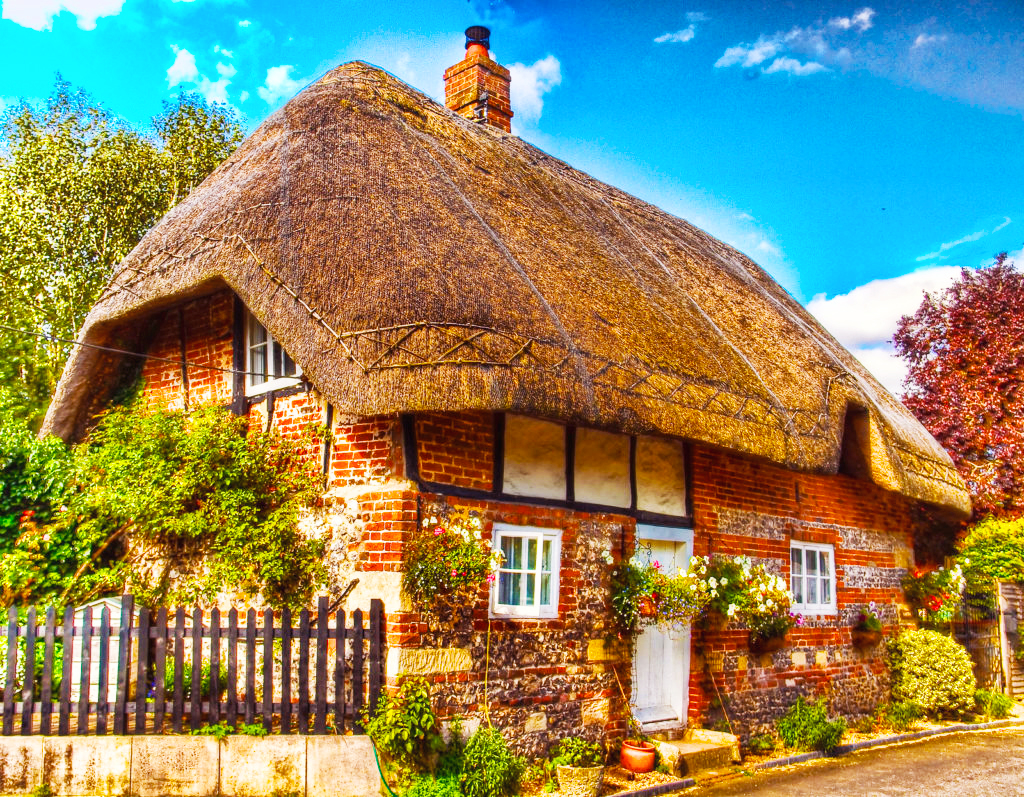
Timber-framed homes were still popular with merchants and farmers in the countryside during this period. However, the homes of those who were better off were becoming increasingly built of stone and brick. It was at this point also that 2 storey homes with bedrooms above ground floor rooms became more common.
5. Edwardian styles (1901 – 1910)
During the Edwardian era, the Baroque style was adapted for grand houses and public buildings.
In addition, as many rejected the mass-produced goods of the industrial age, craftsmanship and traditional forms of the building were revived. It was during this time that the Arts and Crafts Movement led to a rise in vernacular architecture and timber framing. White painted timber porches and balconies, with intricate fretwork and balusters, were also popular.
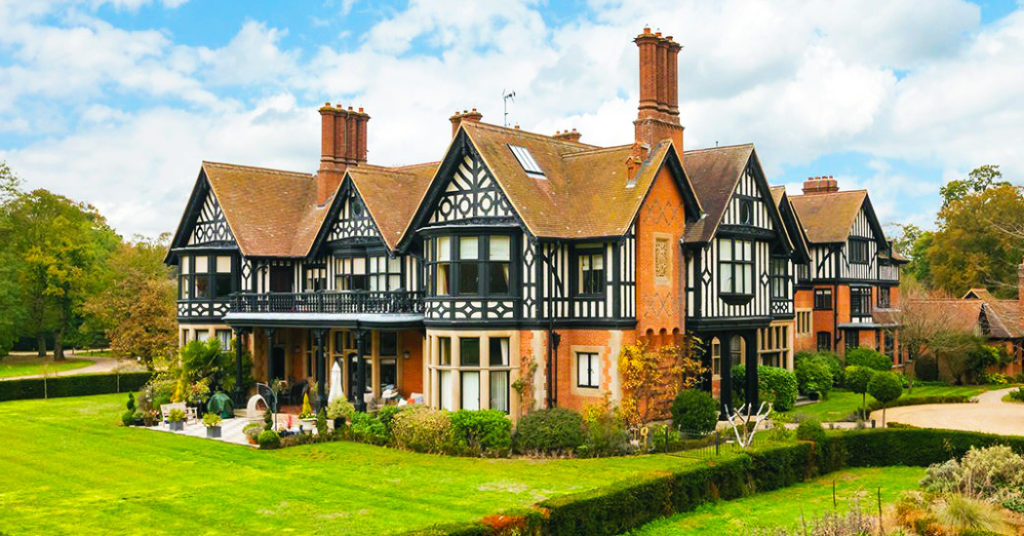
The exterior of Edwardian homes was still colorful, but the patterns were generally more subdued than in the Victorian era. With the arrival of gas and electric lighting, houses did not get as dirty. This encouraged people to decorate with lighter, brighter wallpapers and curtains.


